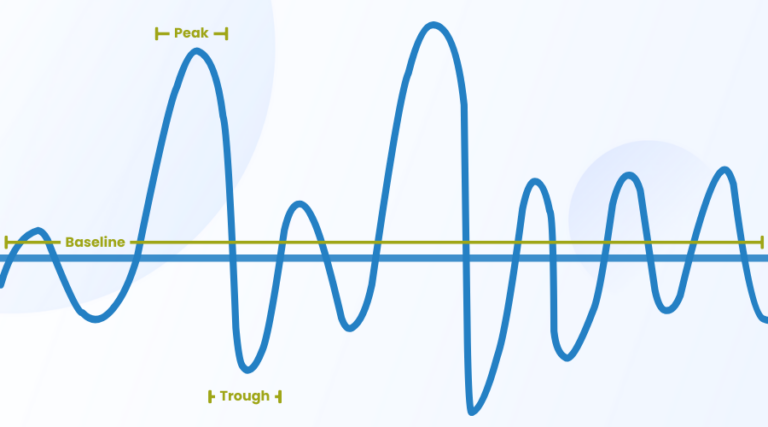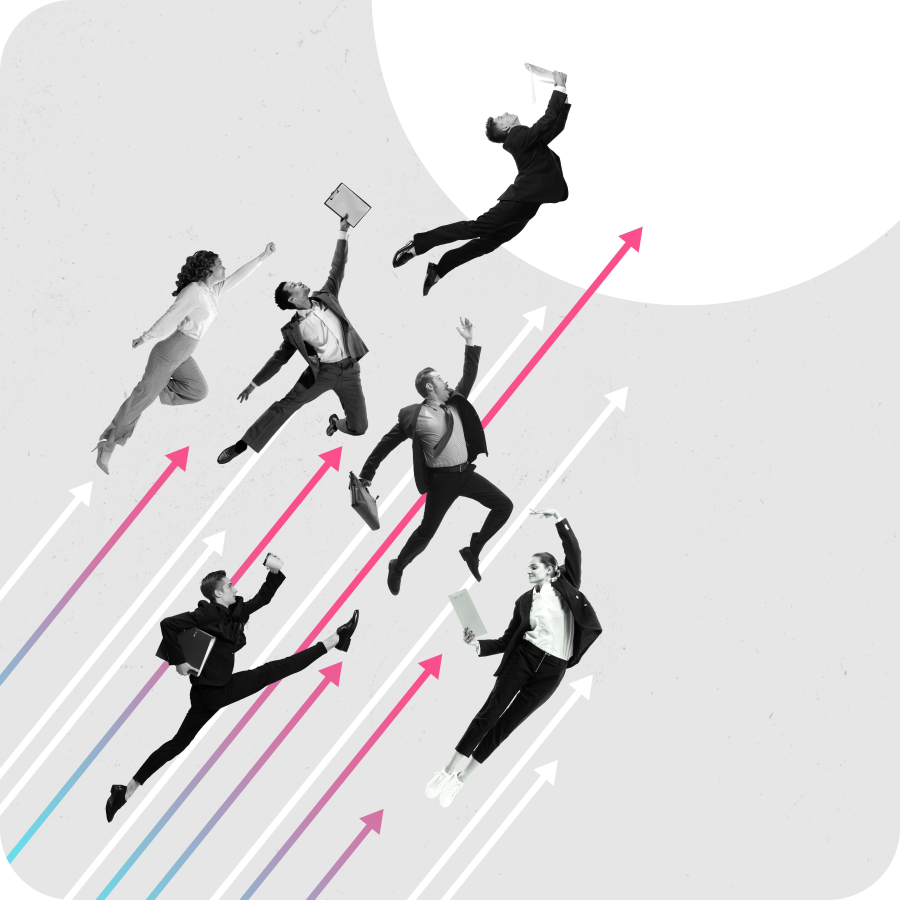But what if there was a way you could bypass the avoidance phase and kickstart your motivation? Thankfully, neuroscience shows that a procrastination cure is possible, and it starts by hacking one of your oldest biological functions: your dopamine reward system. Here’s how to harness your dopamine reward system to ignite your motivation.
Dopamine is more than the “pleasure chemical”
It’s common to think of dopamine as the ‘pleasure chemical,’ but it’s much more than that. Dopamine is the fuel that spurred our ancient ancestors to hunt, gather, and procreate. In the short term, these activities meant a full belly and sexual gratification. In the long term, it ultimately aided in the survival of our species.
But first, you need to understand how the dopamine reward system works before you can hack it
The dopamine reward system has three fundamental parts:
- Desire. Let’s say you’re hungry and start craving a savory sub sandwich. Dopamine is released in anticipation of that first mouth-watering bite to trigger you to take action, like searching for the nearest sandwich shop.
- Motivation. The hunger and unresolved craving for a sandwich drive you to relieve the discomfort of living without that mouth-watering sub. Your dopamine levels drop below normal levels to motivate you to take the necessary action to secure your delectable sandwich and boost your dopamine levels.
- Reward or lack of reward. You’ve discovered an artisan sandwich shop and just finished an irresistible gourmet sub. Your brain gauges whether your initial desire for the sandwich matches the final reward of the culinary delight. If the outcome is better than expected, dopamine floods your brain, reinforcing the behavior. Less dopamine is released if it falls short of expectations, and your brain adjusts future expectations and behaviors accordingly.
Dopamine fluctuations: wave pool analogy
Now that you know the basic parts to the dopamine system, it’s time to add the second component- understanding how and why your dopamine levels fluctuate.
Your dopamine levels vary through three levels:
- Baseline, where your dopamine levels are normally
- Peak, elevated dopamine levels that can be stimulated by food, activities, or substances
- Trough, a drop below baseline dopamine levels
Think of it like a wave pool. For every peak, there’s a trough.

- A trough is experienced as pain, craving, or longing for a thing or a specific state. Remember, lower dopamine levels act as motivation for action to relieve the pain, craving, or discomfort.
- More giant, frequent waves of dopamine deplete the baseline (pool), affecting how you feel and act.
- Smaller, less frequent waves help maintain a steady baseline.
Dopamine’s effects on your brain circuits play a significant role in your motivation, decision-making, and pursuit of life goals!
Short-term hack: leverage discomfort
When you feel unmotivated to complete an activity, it’s common to replace the task you need to do with another to give you a sense of accomplishment while avoiding what you need to do. For example, you may do the dishes instead of writing a paper. You still get the dopamine reward from the satisfaction of a clean home without tackling the project you need to do.
Instead, you can leverage discomfort to kickstart your motivation. By using a brief, uncomfortable experience, you can jumpstart your motivation and initiate the desire phase of the dopamine reward system. Here’s how it works:
1. Trigger discomfort:
Choose an activity that you find uncomfortable but manageable, such as taking a cold shower, doing a set of pushups, holding a plank, or practicing deep breathing exercises.
2. Set a time limit:
Decide on a specific duration for the uncomfortable activity. For instance, you might commit to taking a cold shower for 30 seconds or doing 10 pushups.
3. Link to a task:
Mentally associate the uncomfortable activity with the task you’ve been procrastinating on. The discomfort serves as a cue that initiates the desire to work on the task.
4. Take immediate action:
As soon as you complete the uncomfortable activity, immediately transition to working on the task you’ve been putting off. The discomfort-induced motivation can help you overcome the initial resistance to starting.
5. Ride the Momentum:
Once you’ve started working on the task, you’ll likely find it easier to continue than you initially thought. The discomfort-induced motivation can create a positive momentum that keeps you engaged and focused.
The underlying principle of this hack is that the discomfort activates your brain’s dopamine reward system, which can help break the cycle of procrastination. By using discomfort as a cue to trigger the desire phase, you’re more likely to overcome the initial resistance and get started on the task. As you make progress, the discomfort-induced motivation can transform into a sense of accomplishment and satisfaction, reinforcing your motivation to keep working.
Leveraging discomfort isn’t a long-term solution
This approach might not be appropriate for everyone, and those with certain medical conditions or sensitivities should exercise caution when trying activities that involve discomfort.
While this hack can be effective in certain situations, it’s not intended to be a long-term solution. Next month, we’ll talk about how you can develop a positive feedback loop where each step you take reinforces your motivation and keeps you on track!

